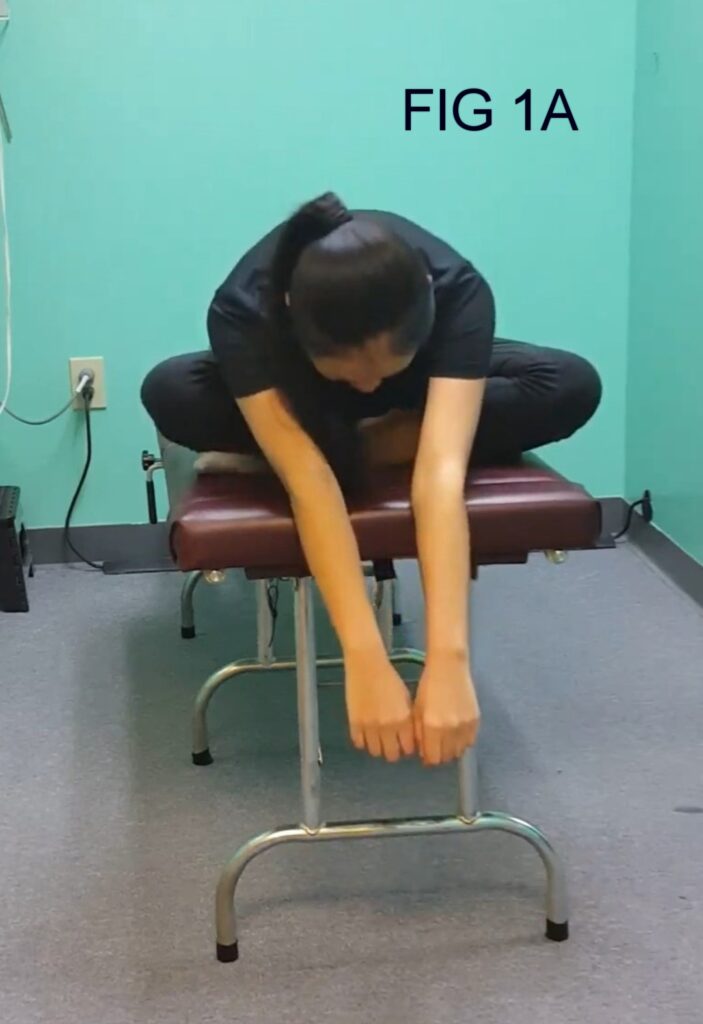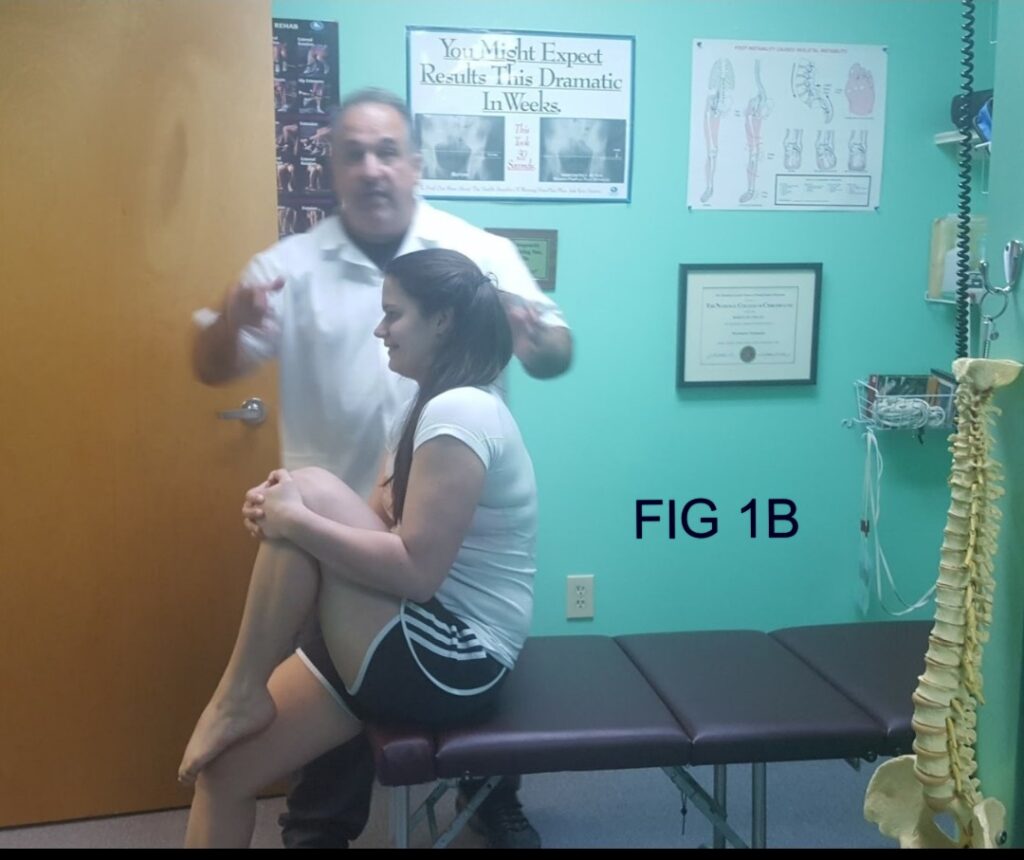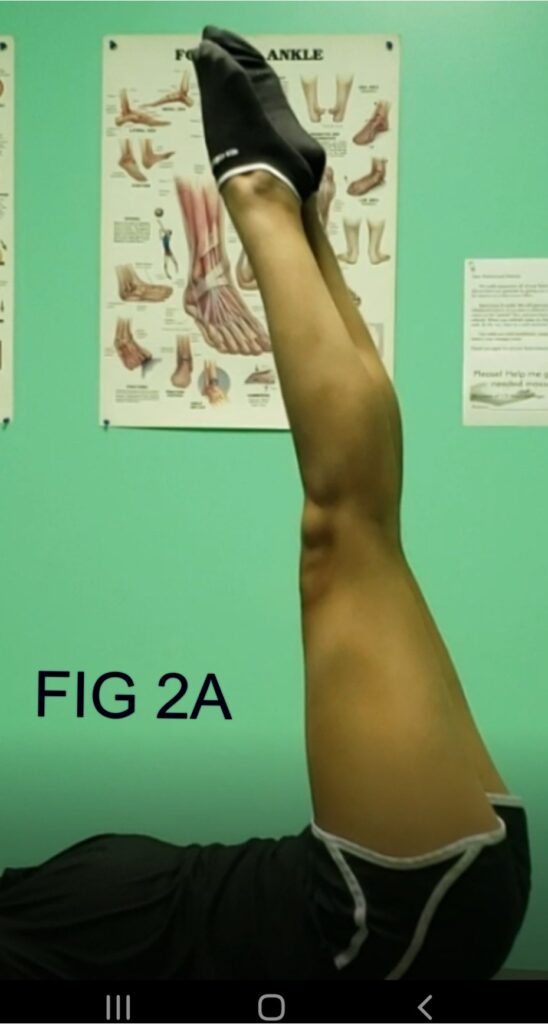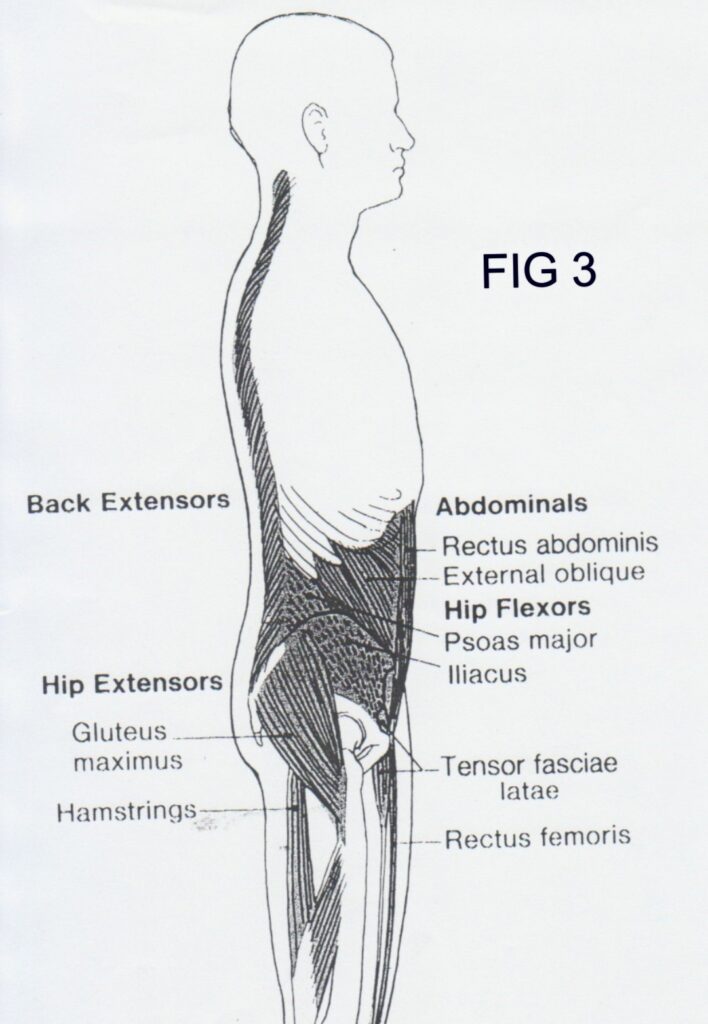80% of patient’s coming through our practice complain of lower back pain. Normally cumulative stress, (RSS) Repetitive Stress Syndrome, trauma, and sports injuries are the main contributors. The most common causes of cumulative stress or RSS are sitting at the computer for long periods of time, and believe or not, yardwork. While these activities are usually unavoidable, there are ways to keep them from wreaking havoc on your low back by focusing on strengthening your core.
As we start seeing someone with lower back pain, we focus on ergonomics with these patients. We have them fill out an ergonomic worksheet, so that we can assess their work stations and posture. Once seeing their positioning, we are able to assist them with achieving the proper ergonomic set up. As a result, many of our patients have made significant changes to prevent poor posture and RSS.
A vital part of our treatment for RSS, is teaching our patient’s to stretch, as well as, strengthen the low back region. We incorporate muscle motion tests to find out what muscle groups are over contracted (tight) vs over stretched (weakness). Once the culprits are established, we are able to recommend and teach our patients how to fix the areas needed to improve their overall spine health.


Figures 1A and 1B, demonstrate both the Erector Spinae and Hip Flexor flexibility. When these muscles tighten, they increase the lower back curve contributing to pain and eventually Disc involvement. An increase in the low back curve is called Lordosis and if not corrected, it can cause herniated discs, as well as, Sciatic pain.



Figures 2A and 2B, demonstrate the Antagonist’s muscle strength (Glutes and Lower Abs).
Muscle motion demonstrates a pattern on how the muscles react with movement. Tight or “over contracted” muscles (Hip flexors and erectors), will demonstrate very early movement of a joint when normally the joint would not react so abruptly. The weakened muscles or “stretch weakness’ groups, demonstrate weakness with muscle tests. The diagram (Figure 3), shows all muscles working harmoniously together to maintain balance and prevent low back pain and pathology. Muscle balance is vital to long term wellness, as well as, Chiropractic Adjustments and Massage.
